Home>Furniture & Design>Bathroom Accessories>How To Fix Slow Close Toilet Seat
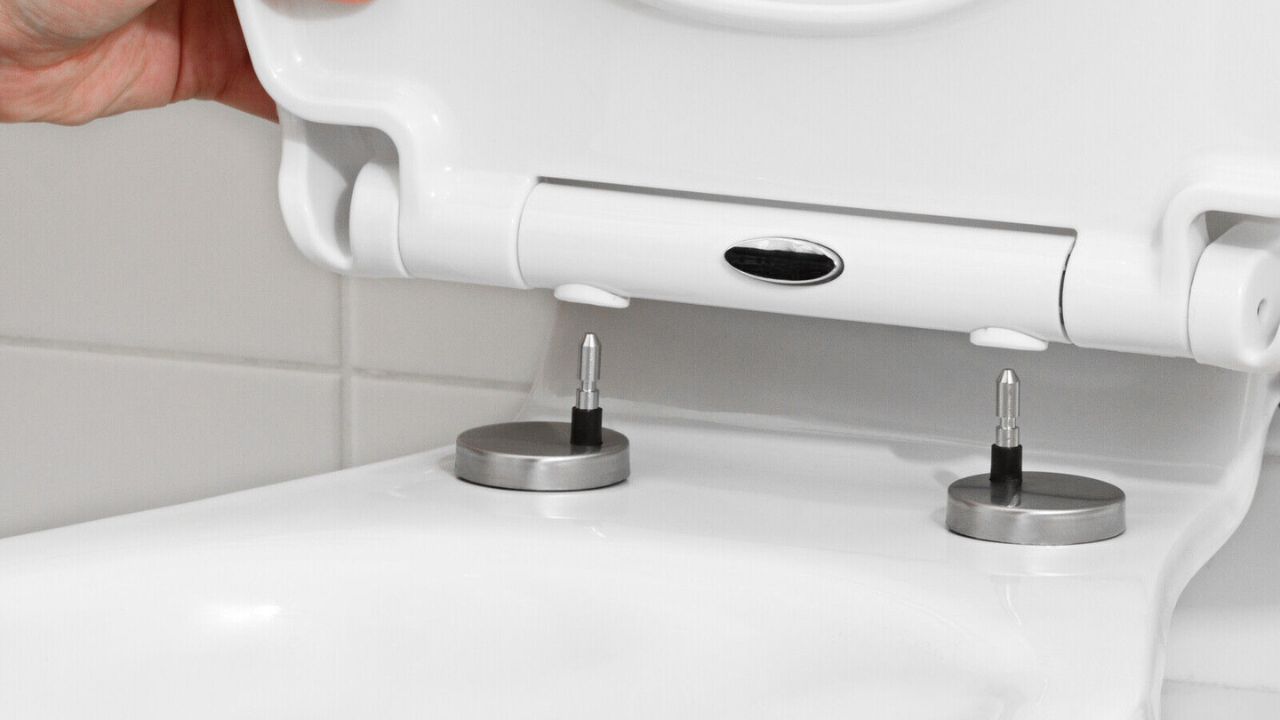

Bathroom Accessories
How To Fix Slow Close Toilet Seat
Modified: May 6, 2024
Learn how to fix a slow close toilet seat with our easy step-by-step guide. Upgrade your bathroom accessories for a smoother experience.
(Many of the links in this article redirect to a specific reviewed product. Your purchase of these products through affiliate links helps to generate commission for Storables.com, at no extra cost. Learn more)
Introduction
A slow close toilet seat is a modern marvel that adds convenience and safety to the bathroom experience. This innovative feature prevents the sudden slamming of the toilet seat, offering a gentle and controlled closing motion. However, like any mechanical system, slow close toilet seats can encounter issues over time, leading to frustration and inconvenience for users. Understanding the mechanism behind slow close toilet seats and knowing how to troubleshoot and fix common problems can help maintain a peaceful and functional bathroom environment.
In this comprehensive guide, we will delve into the intricacies of slow close toilet seats, explore the common causes of issues, and provide practical solutions for troubleshooting and fixing these problems. Additionally, we will discuss essential maintenance tips to prolong the lifespan of slow close toilet seats, ensuring they continue to operate smoothly for years to come.
By gaining insight into the inner workings of slow close toilet seats and learning how to address potential issues, you can take proactive steps to maintain a harmonious and efficient bathroom space. Let's embark on this enlightening journey to unravel the mysteries of slow close toilet seats and empower ourselves with the knowledge to overcome any challenges that may arise.
Key Takeaways:
- Slow close toilet seats use special hinges and dampers to prevent slamming, providing a gentle and safe closing motion. Regular cleaning, lubrication, and inspections can troubleshoot and maintain their optimal functionality.
- Understanding the mechanism behind slow close toilet seats helps users troubleshoot issues like lack of lubrication, debris buildup, wear and tear, misalignment, and damper pressure loss. Regular maintenance prolongs their lifespan and ensures a peaceful bathroom experience.
Read also: 9 Amazing Slow Close Toilet Seat for 2024
Understanding the Slow Close Toilet Seat Mechanism
The slow close toilet seat mechanism is a remarkable innovation designed to enhance user experience and safety in the bathroom. This mechanism consists of specialized hinges and dampers that control the closing motion of the toilet seat, ensuring a gradual and quiet descent without the abrupt slamming commonly associated with traditional toilet seats.
At the core of the slow close mechanism are hydraulic or pneumatic dampers, which are responsible for regulating the speed of the seat's descent. These dampers utilize fluid or air resistance to create a controlled closing action, allowing the seat and lid to lower gently when released. The hinges of the slow close toilet seat are also engineered to facilitate this smooth movement, providing stability and support while enabling the controlled lowering process.
When a user initiates the closing motion by applying slight pressure to the seat or lid, the slow close mechanism engages, and the dampers and hinges work in tandem to decelerate the descent. This gradual movement not only prevents disruptive noise but also reduces the risk of accidental finger pinching or damage to the toilet bowl or seat.
The engineering behind the slow close toilet seat mechanism reflects a harmonious blend of functionality and user-centric design. By incorporating precision-engineered components, such as dampers and hinges, manufacturers have succeeded in creating a seamless and reliable system that promotes comfort, convenience, and safety for users of all ages.
Understanding the intricate workings of the slow close toilet seat mechanism provides valuable insight into the technology that elevates the modern bathroom experience. With this knowledge, users can appreciate the thoughtful engineering that goes into this everyday fixture and gain a deeper understanding of how to maintain and troubleshoot potential issues that may arise over time.
In the following sections, we will explore the common causes of slow close toilet seat issues and provide practical guidance on troubleshooting and fixing these problems. By equipping ourselves with a comprehensive understanding of the slow close mechanism, we can effectively address any challenges that may impact the functionality of this innovative bathroom feature.
Common Causes of Slow Close Toilet Seat Issues
Slow close toilet seats are designed to provide a smooth and controlled closing motion, but various factors can lead to issues that compromise their functionality. Understanding the common causes of slow close toilet seat problems is essential for effectively troubleshooting and resolving these issues. Here are the typical culprits behind slow close toilet seat issues:
-
Lack of Lubrication: Over time, the hinges and dampers of a slow close toilet seat may experience increased friction due to regular use. This friction can impede the smooth operation of the mechanism, resulting in a sluggish or uneven closing motion. Insufficient lubrication can exacerbate this issue, causing the components to rub against each other, leading to resistance and reduced performance.
-
Buildup of Debris: The accumulation of dirt, grime, and debris in the hinges and dampers can hinder the proper functioning of the slow close mechanism. Dust, hair, and other particles can infiltrate the internal components, impeding their movement and causing the seat to close irregularly or at an uneven pace.
-
Wear and Tear: As with any mechanical system, slow close toilet seats are subject to wear and tear over time. The constant opening and closing of the seat, coupled with the pressure exerted during regular use, can lead to degradation of the hinges and dampers. This wear and tear can manifest as reduced damping effectiveness, resulting in a less controlled and slower closing action.
-
Misalignment: Improper installation or accidental shifting of the toilet seat can cause misalignment of the hinges and dampers. When these components are not properly aligned, the slow close mechanism may struggle to function as intended, leading to erratic or delayed closing of the seat.
-
Dampers Losing Pressure: In some cases, the hydraulic or pneumatic dampers within the slow close mechanism may lose pressure over time. This loss of pressure can diminish the dampers' ability to regulate the closing speed, resulting in a compromised slow close function.
By identifying these common causes of slow close toilet seat issues, users can gain insight into the potential factors affecting the performance of this innovative bathroom fixture. In the subsequent section, we will delve into practical troubleshooting methods and effective solutions for addressing these issues, empowering users to restore the optimal functionality of their slow close toilet seats.
Check the hinges and screws on the toilet seat to ensure they are tight. If they are loose, use a screwdriver to tighten them. If the seat is still slow to close, consider replacing the hinges or the seat itself.
How to Troubleshoot and Fix Slow Close Toilet Seat Problems
When encountering issues with a slow close toilet seat, it's essential to approach troubleshooting and fixing the problems systematically. By following these practical steps, users can effectively address common issues and restore the optimal functionality of their slow close toilet seats:
-
Lubrication and Cleaning: Begin by thoroughly cleaning the hinges and dampers of the toilet seat to remove any accumulated debris or residue. Use a mild cleaning solution and a soft brush to gently scrub the components, ensuring that no foreign particles impede their movement. Once cleaned, apply a silicone-based lubricant to the hinges and dampers to reduce friction and promote smooth operation.
-
Adjusting the Seat Alignment: Check the alignment of the slow close toilet seat to ensure that it is properly positioned on the toilet bowl. If misalignment is detected, carefully adjust the seat to ensure that the hinges and dampers are aligned correctly. Proper alignment is crucial for the effective functioning of the slow close mechanism.
-
Inspecting Dampers for Pressure Loss: If the slow close mechanism continues to exhibit issues after cleaning and lubrication, inspect the dampers for any signs of pressure loss. Some models may allow for the adjustment of damper pressure, while others may require the replacement of the dampers if pressure loss is detected.
-
Addressing Wear and Tear: If wear and tear are evident in the hinges or dampers, consider replacing these components with genuine manufacturer-approved parts. Over time, the internal components of slow close toilet seats may degrade, leading to diminished performance. Replacing worn-out parts can rejuvenate the functionality of the mechanism.
-
Professional Maintenance: In cases where troubleshooting at the user level does not yield satisfactory results, consider seeking professional maintenance or repair services. Certified technicians with expertise in toilet seat mechanisms can diagnose and address complex issues, ensuring that the slow close toilet seat operates optimally.
By systematically troubleshooting and addressing these common problems, users can effectively restore the smooth and controlled closing motion of their slow close toilet seats. Regular maintenance and attentive care can prolong the lifespan of these innovative fixtures, allowing users to continue enjoying the convenience and safety they provide in the bathroom environment.
Regular Maintenance Tips for Slow Close Toilet Seats
Proper maintenance is essential for preserving the functionality and longevity of slow close toilet seats. By incorporating regular maintenance practices into your bathroom care routine, you can ensure that these innovative fixtures continue to operate smoothly and provide a pleasant user experience. Here are some practical maintenance tips to keep your slow close toilet seats in optimal condition:
-
Routine Cleaning: Regularly clean the hinges, dampers, and surfaces of the slow close toilet seat using a mild cleaning solution and a soft cloth. This helps prevent the buildup of dirt, grime, and residue that can impede the mechanism's operation.
-
Lubrication: Apply a silicone-based lubricant to the hinges and dampers as part of your maintenance regimen. Lubrication reduces friction and promotes the smooth movement of the components, contributing to a consistent and controlled closing action.
-
Inspect for Wear and Damage: Periodically inspect the hinges, dampers, and other components for signs of wear, damage, or deterioration. If any issues are detected, consider replacing the affected parts with genuine manufacturer-approved replacements to maintain optimal performance.
-
Check Alignment: Ensure that the slow close toilet seat is correctly aligned with the toilet bowl. Misalignment can affect the functionality of the mechanism, so periodic checks and adjustments are essential for consistent performance.
-
Avoid Excessive Force: Encourage household members to use the slow close toilet seat with care and avoid exerting excessive force when opening or closing it. Gentle handling can help prevent unnecessary strain on the hinges and dampers.
-
Regular Inspections: Schedule regular inspections of the slow close toilet seat to identify any potential issues early on. Proactive maintenance can prevent minor problems from escalating and ensure uninterrupted functionality.
-
Follow Manufacturer Guidelines: Adhere to the manufacturer's maintenance recommendations and guidelines specific to your slow close toilet seat model. This may include specific cleaning products to use, maintenance intervals, and other pertinent instructions for optimal care.
Incorporating these maintenance tips into your bathroom maintenance routine can significantly contribute to the longevity and reliable performance of your slow close toilet seats. By taking proactive measures to care for these innovative fixtures, you can continue to enjoy the convenience and comfort they provide in your daily bathroom activities.
Conclusion
In conclusion, the advent of slow close toilet seats has revolutionized the bathroom experience, offering a harmonious blend of convenience, safety, and user-centric design. The innovative mechanism behind these fixtures, comprising precision-engineered hinges and dampers, ensures a controlled and gentle closing motion, mitigating the disruptive noise and potential hazards associated with traditional toilet seats. However, as with any mechanical system, slow close toilet seats are susceptible to issues that can compromise their functionality over time.
By understanding the common causes of slow close toilet seat problems and familiarizing ourselves with practical troubleshooting and maintenance techniques, we can effectively address these issues and prolong the lifespan of these invaluable fixtures. From addressing friction and debris buildup to inspecting for wear and tear, the proactive steps outlined in this guide empower users to take charge of maintaining their slow close toilet seats, ensuring consistent performance and user satisfaction.
Furthermore, the significance of regular maintenance cannot be overstated. By incorporating routine cleaning, lubrication, and inspections into our bathroom care regimen, we can uphold the optimal functionality of slow close toilet seats, preserving their reliability and enhancing the overall bathroom environment. Additionally, adhering to manufacturer guidelines and seeking professional maintenance when necessary can further contribute to the longevity and performance of these innovative fixtures.
Ultimately, the journey to unravel the mysteries of slow close toilet seats has equipped us with valuable insights into their inner workings and practical solutions for addressing potential issues. By embracing a proactive approach to maintenance and troubleshooting, we can continue to enjoy the comfort, convenience, and safety that slow close toilet seats bring to our daily lives, enriching the overall bathroom experience for years to come.
Now that you're equipped with the know-how to tackle slow close toilet seat woes, why stop there? Extend your DIY prowess with our upcoming article on the latest toilet repair tricks to keep your bathroom in tip-top shape. Also, if more specific toilet dilemmas are bugging you, don't miss our detailed guide on how to fix toilets effectively. Both pieces are packed with practical advice, ensuring your facilities function flawlessly without calling in the pros.
Frequently Asked Questions about How To Fix Slow Close Toilet Seat
Was this page helpful?
At Storables.com, we guarantee accurate and reliable information. Our content, validated by Expert Board Contributors, is crafted following stringent Editorial Policies. We're committed to providing you with well-researched, expert-backed insights for all your informational needs.
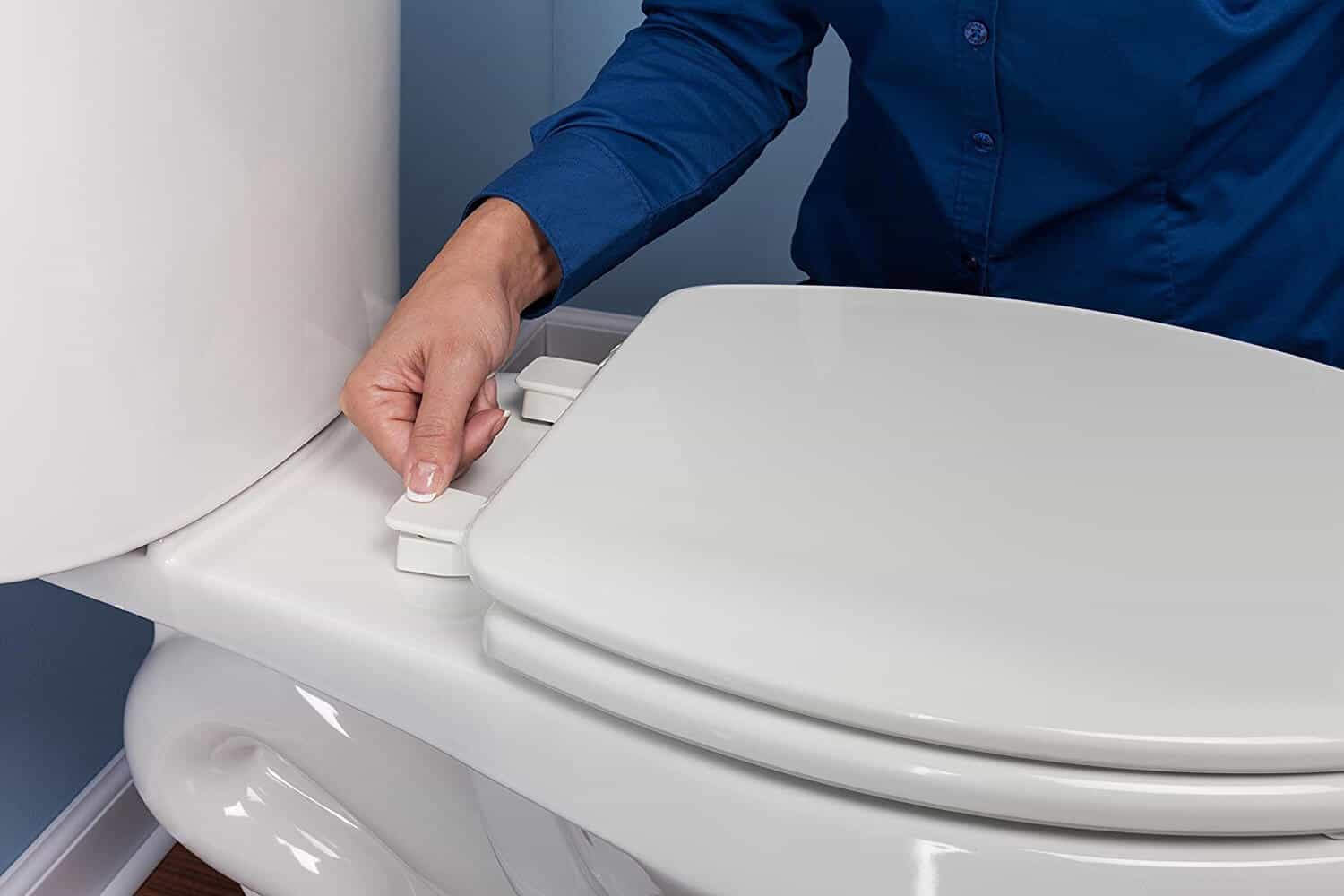
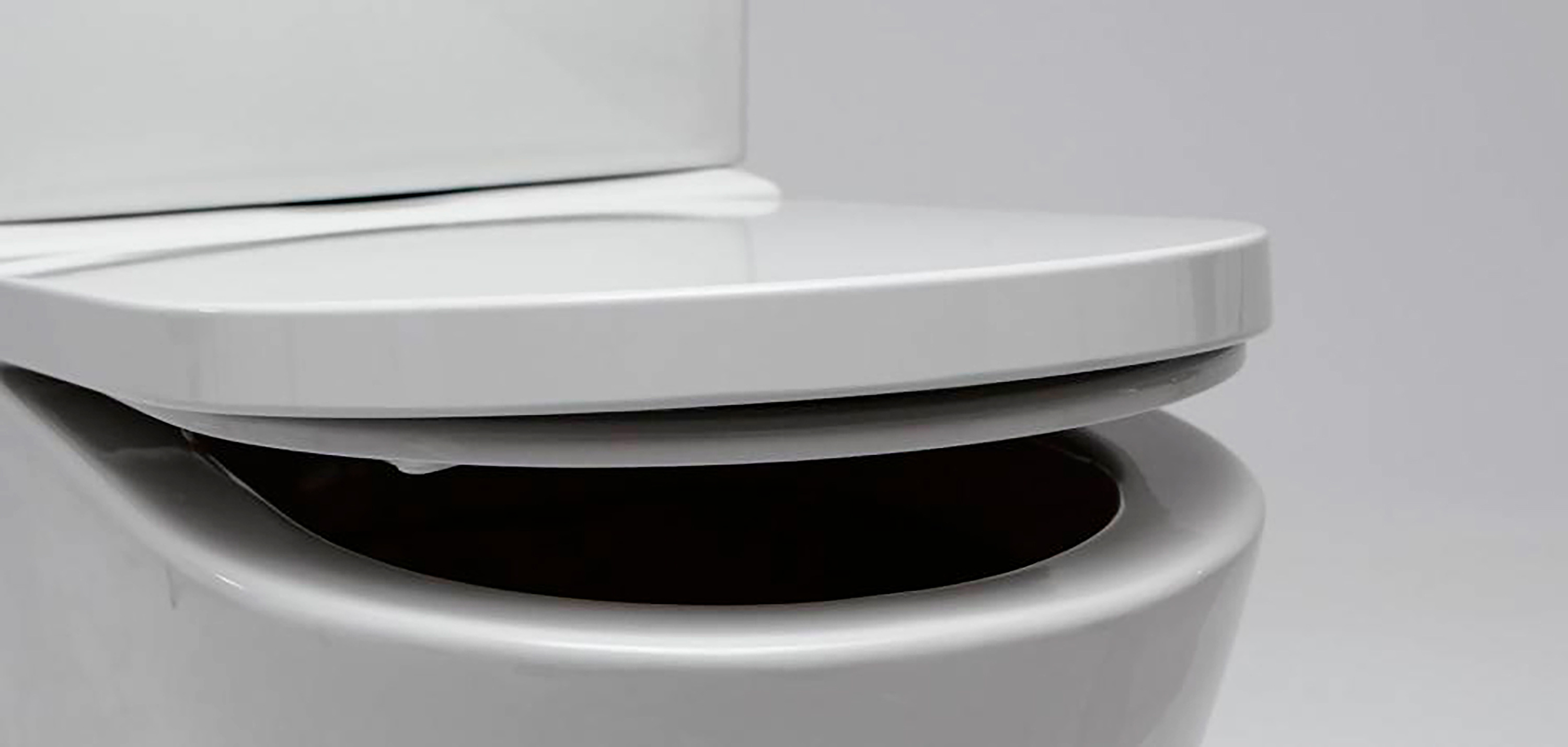
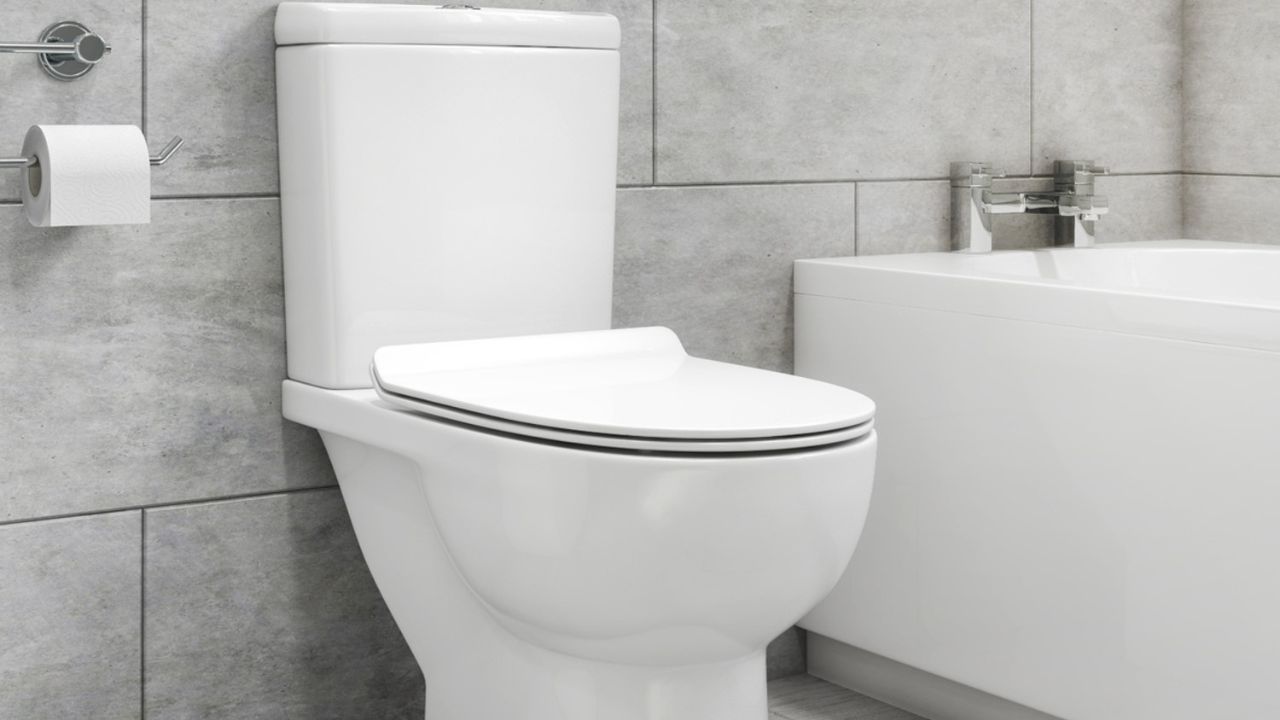
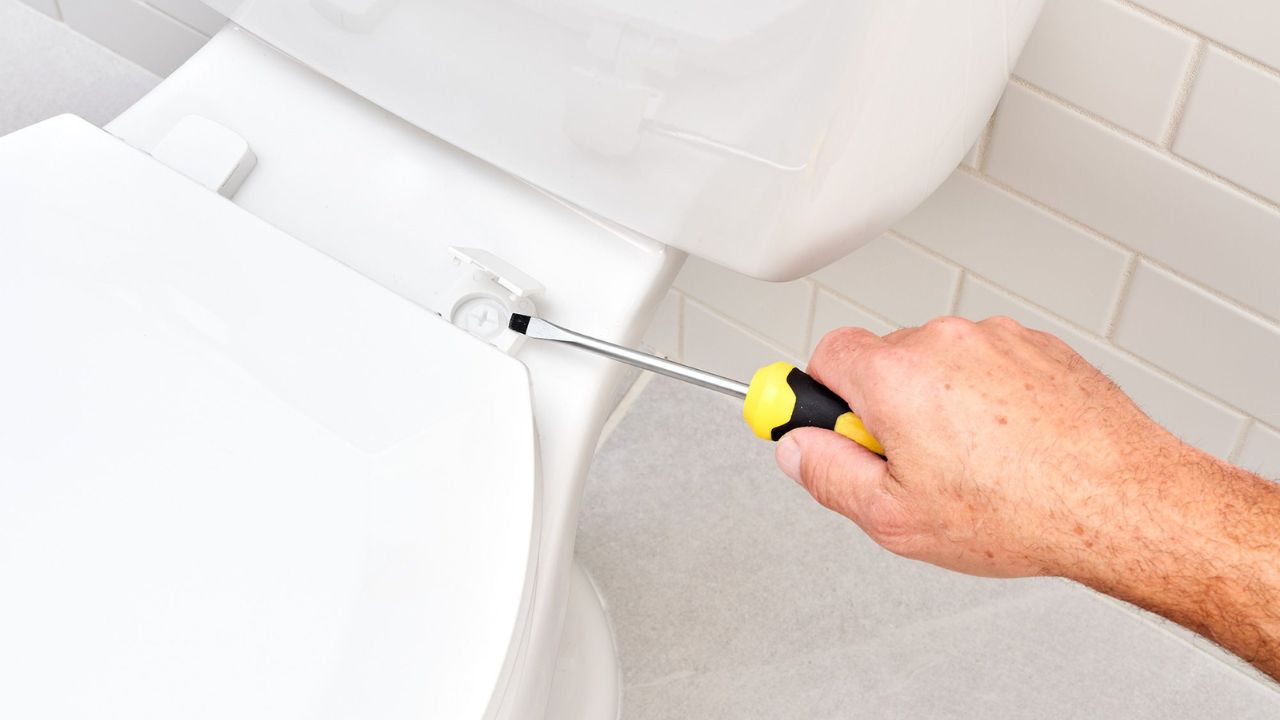
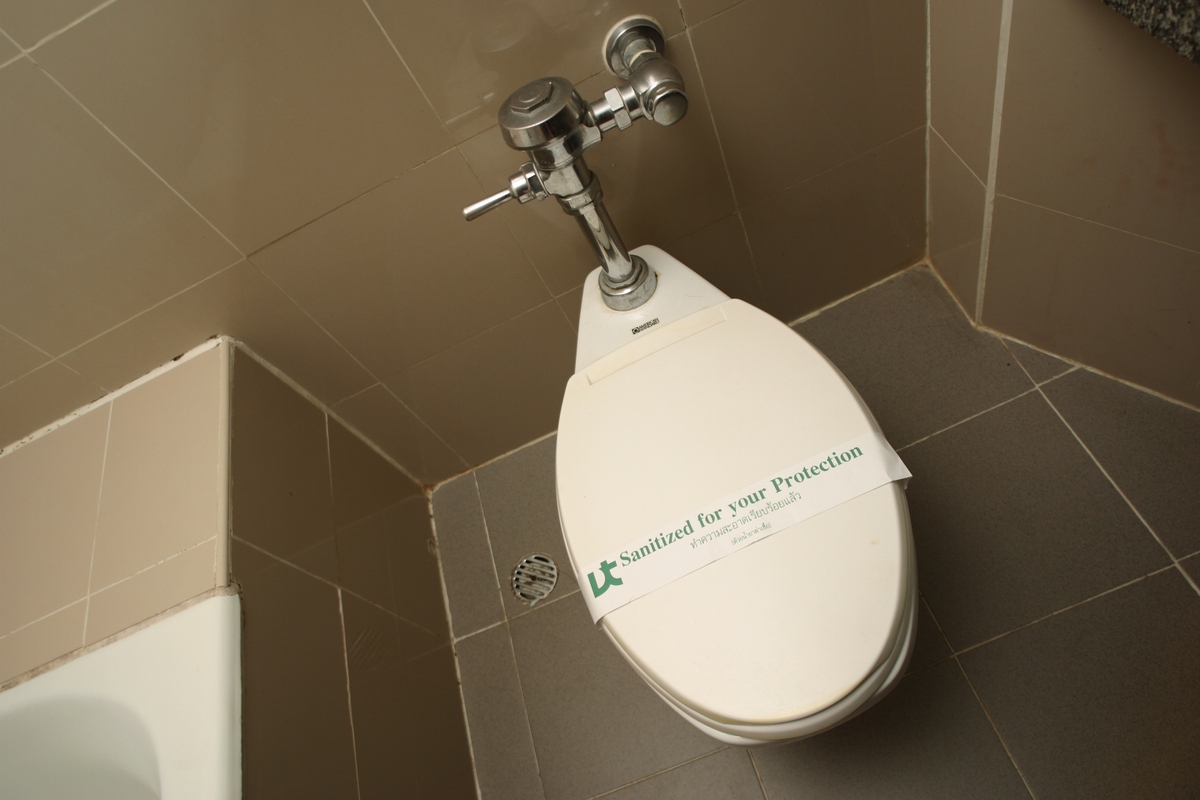
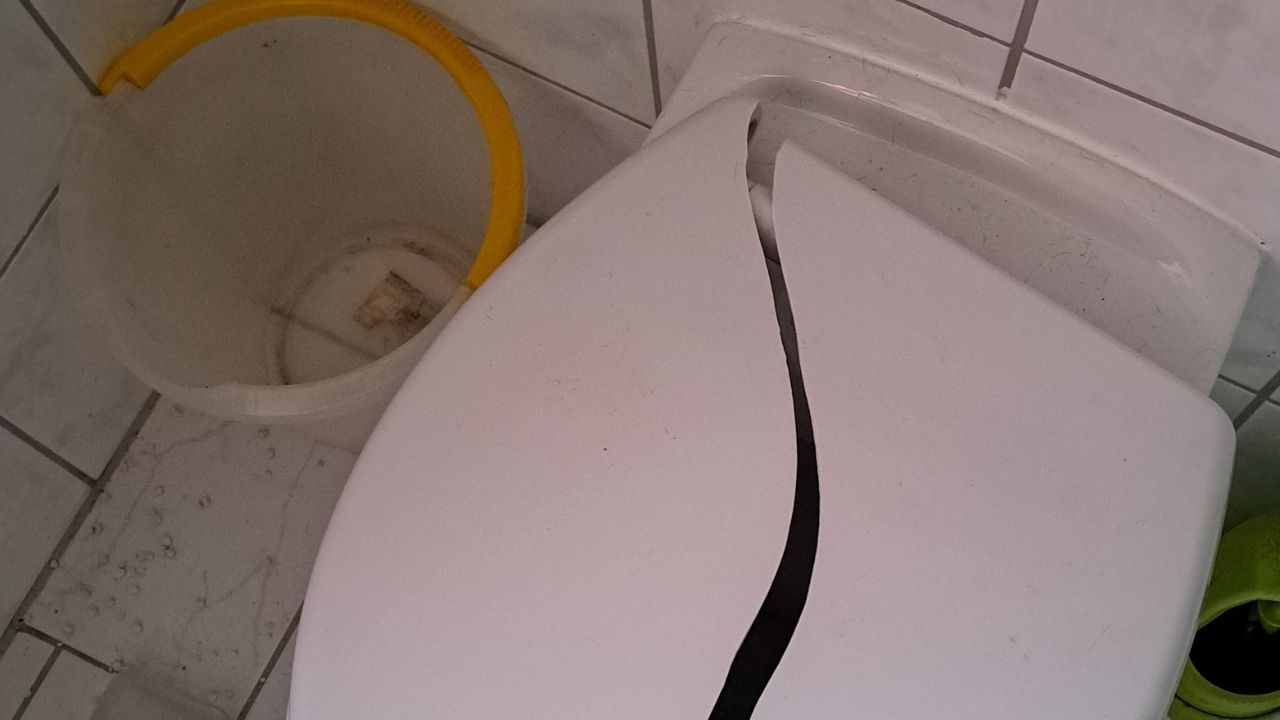
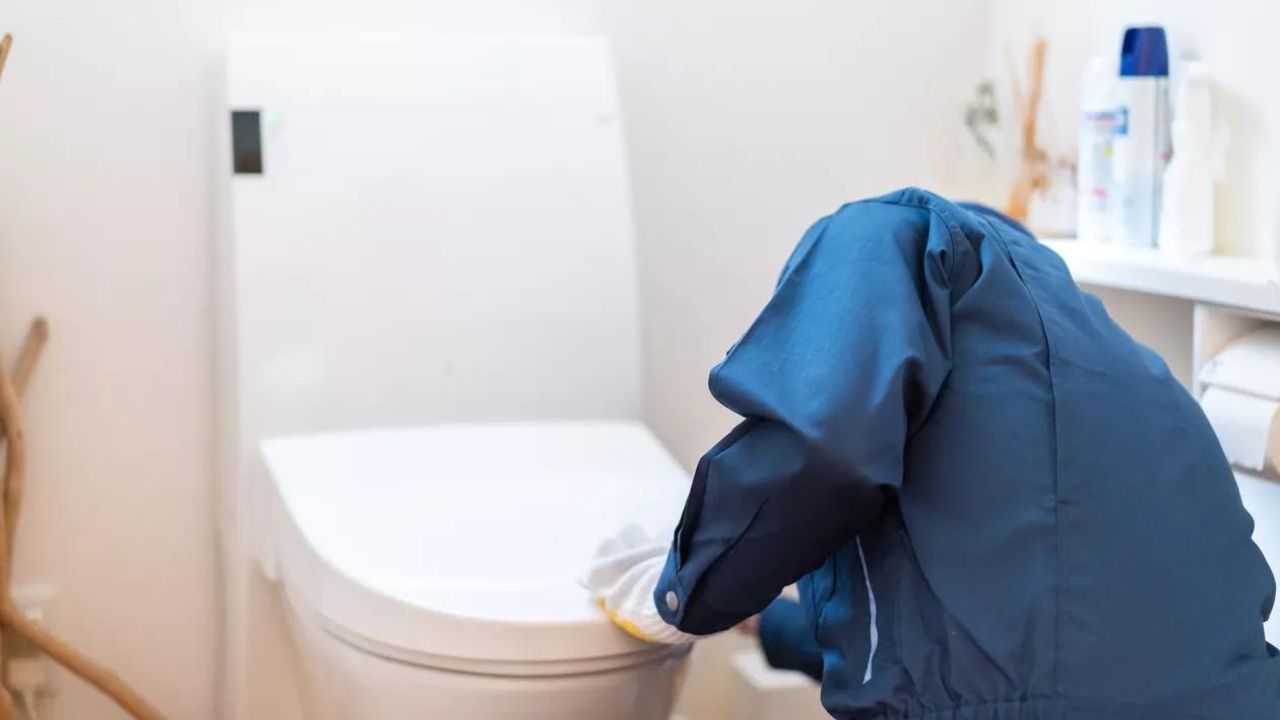
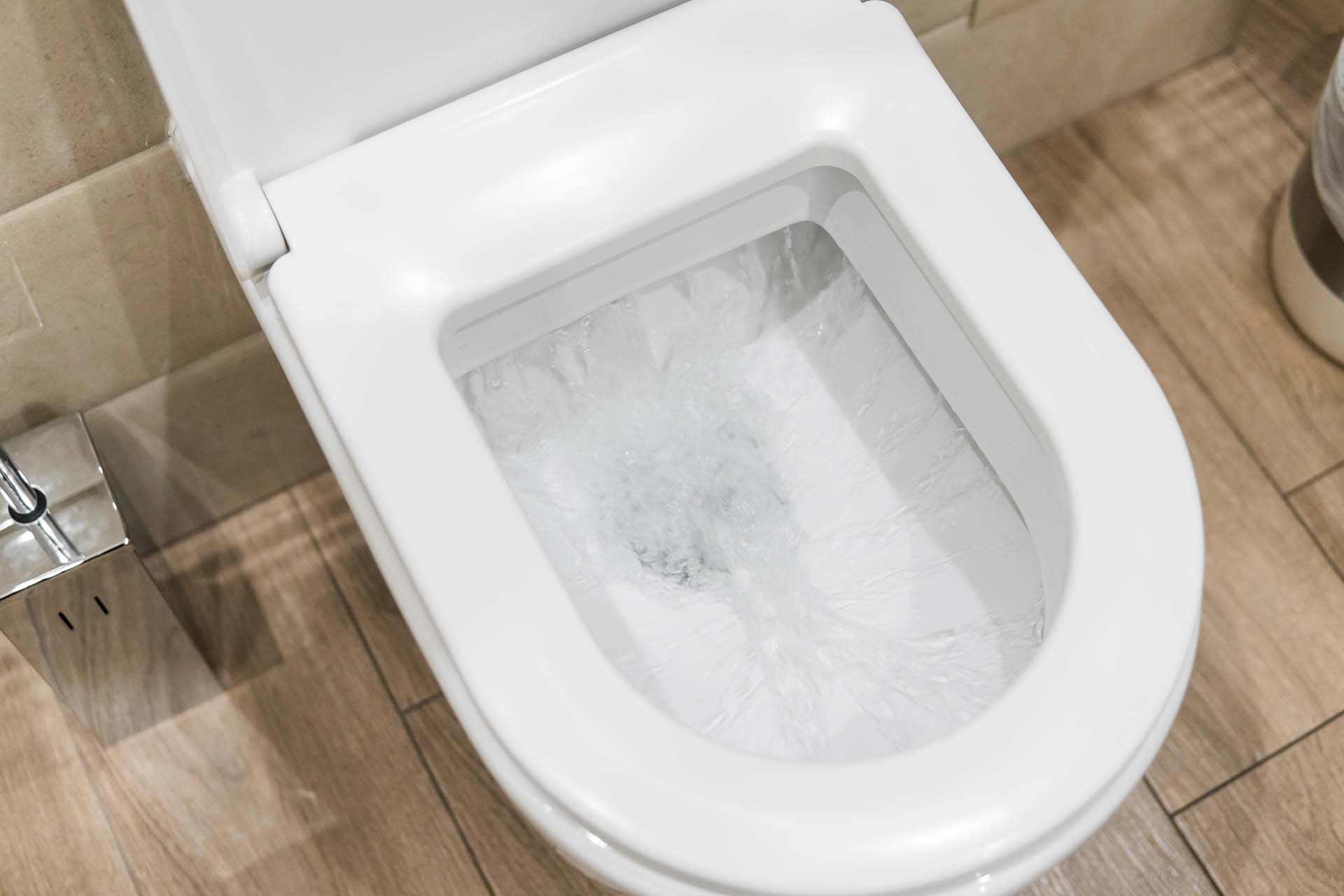
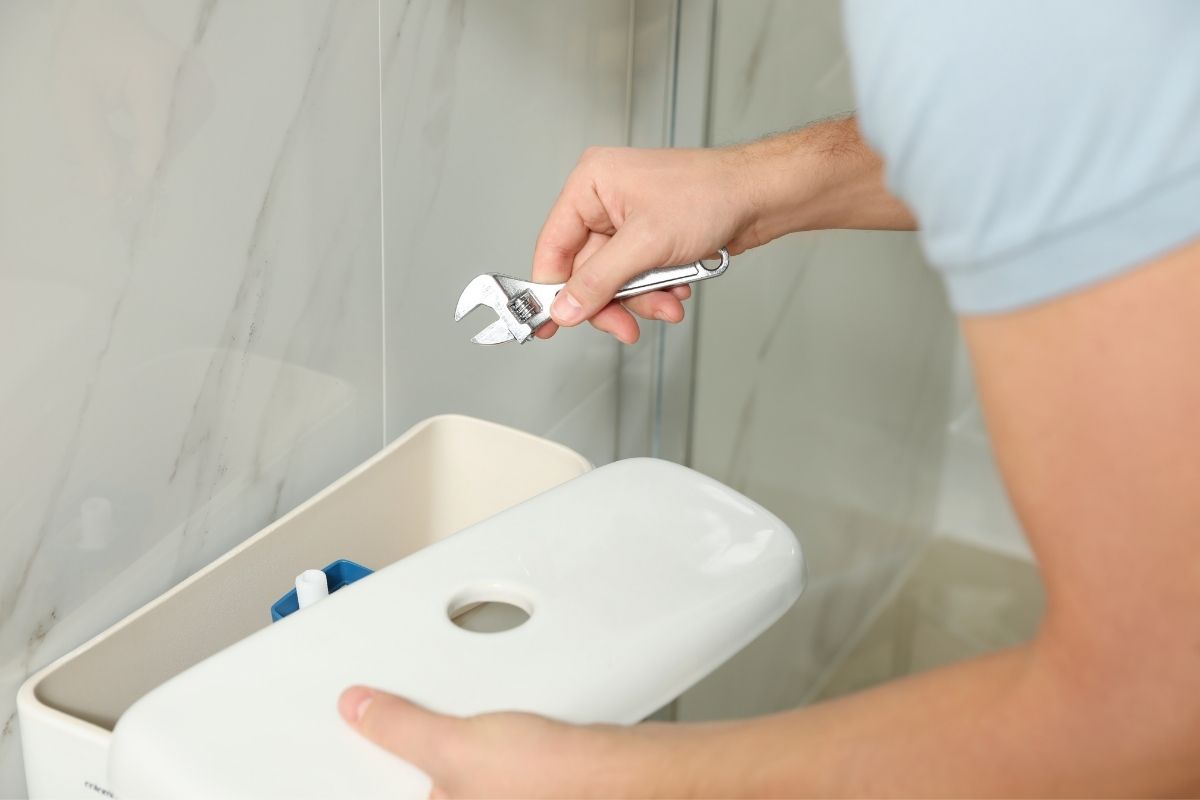
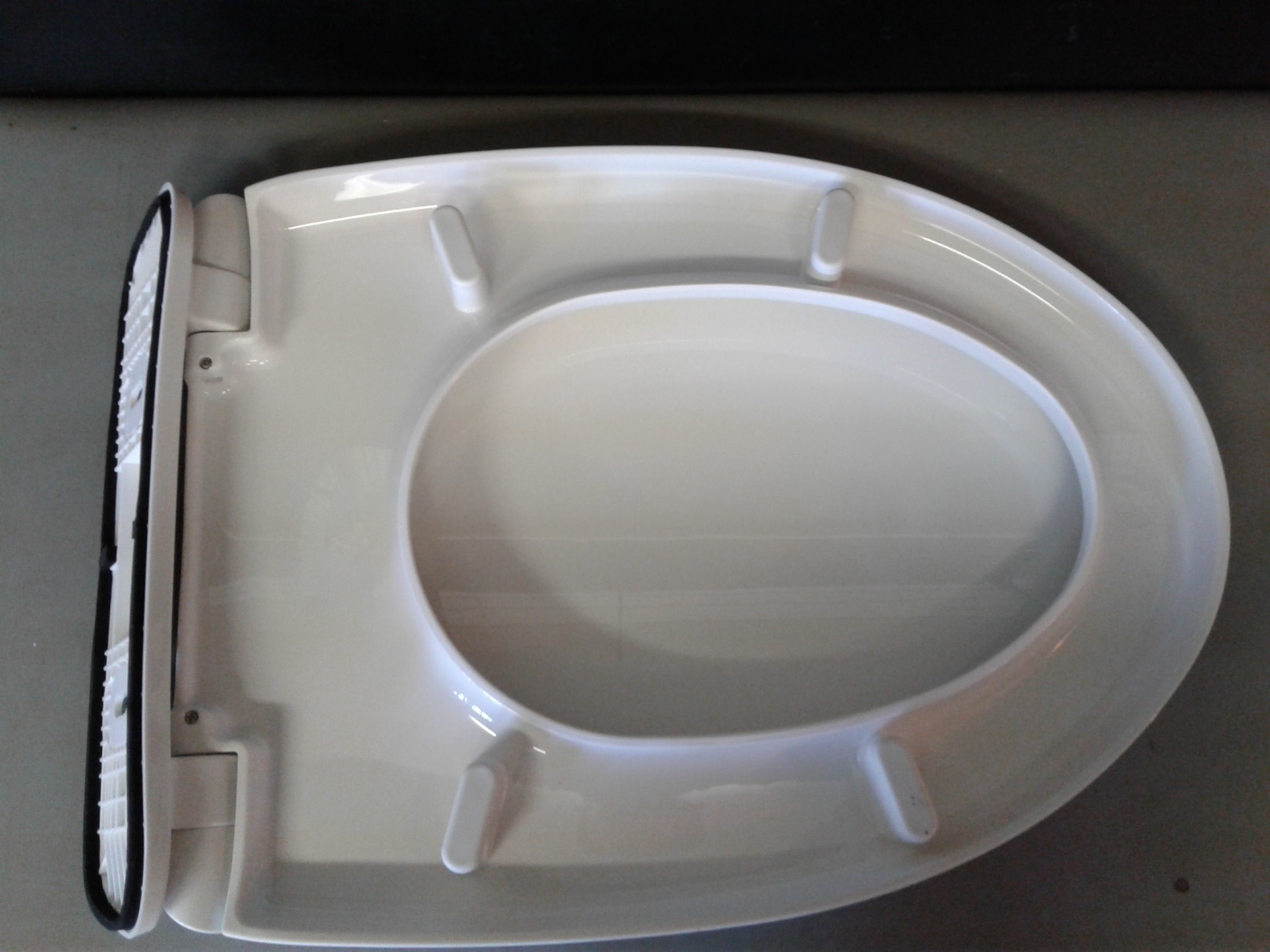
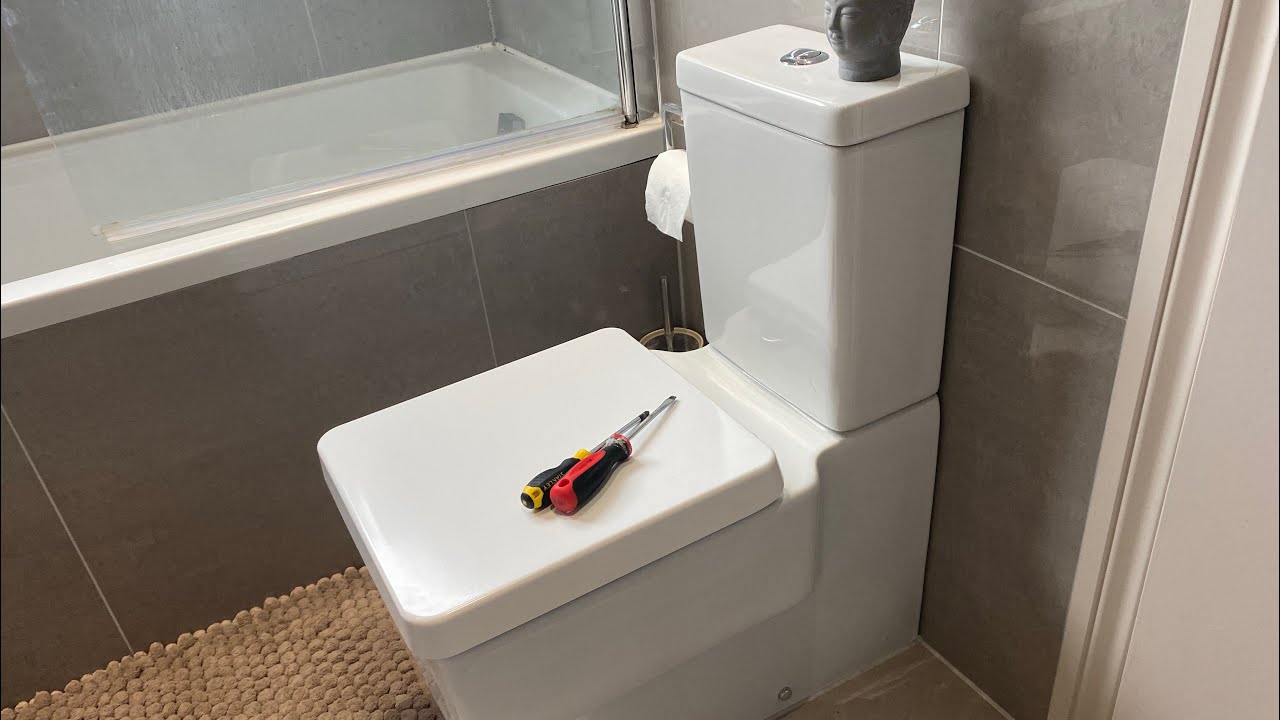
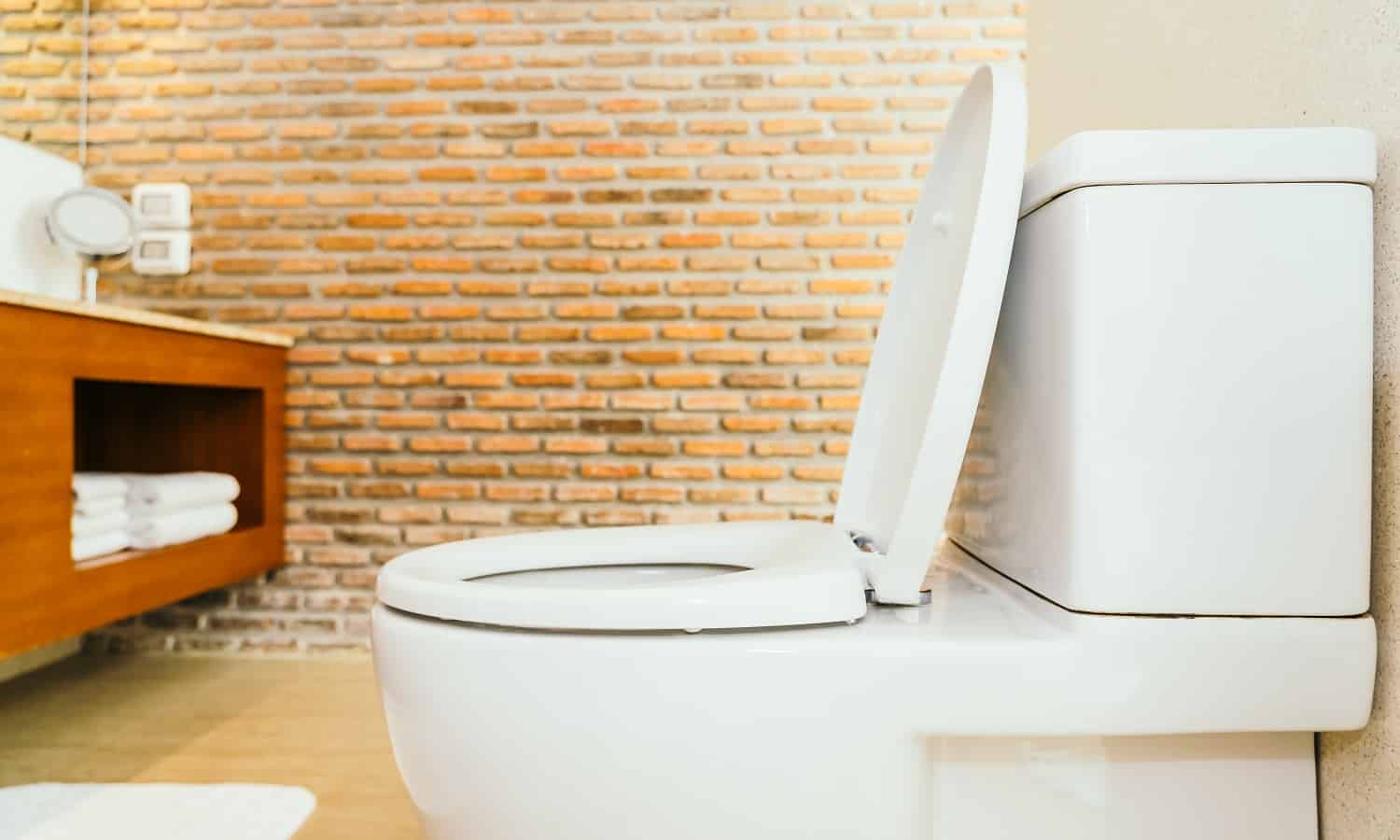
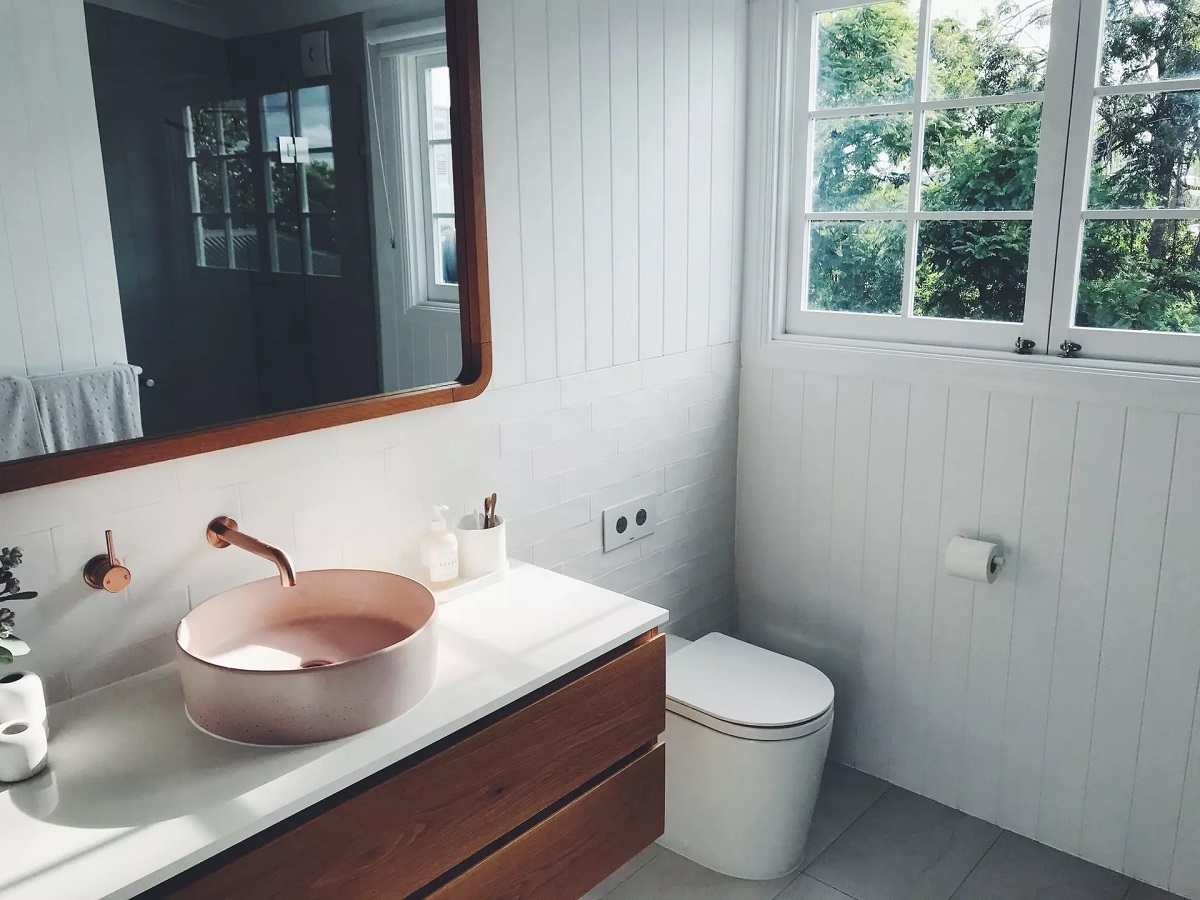
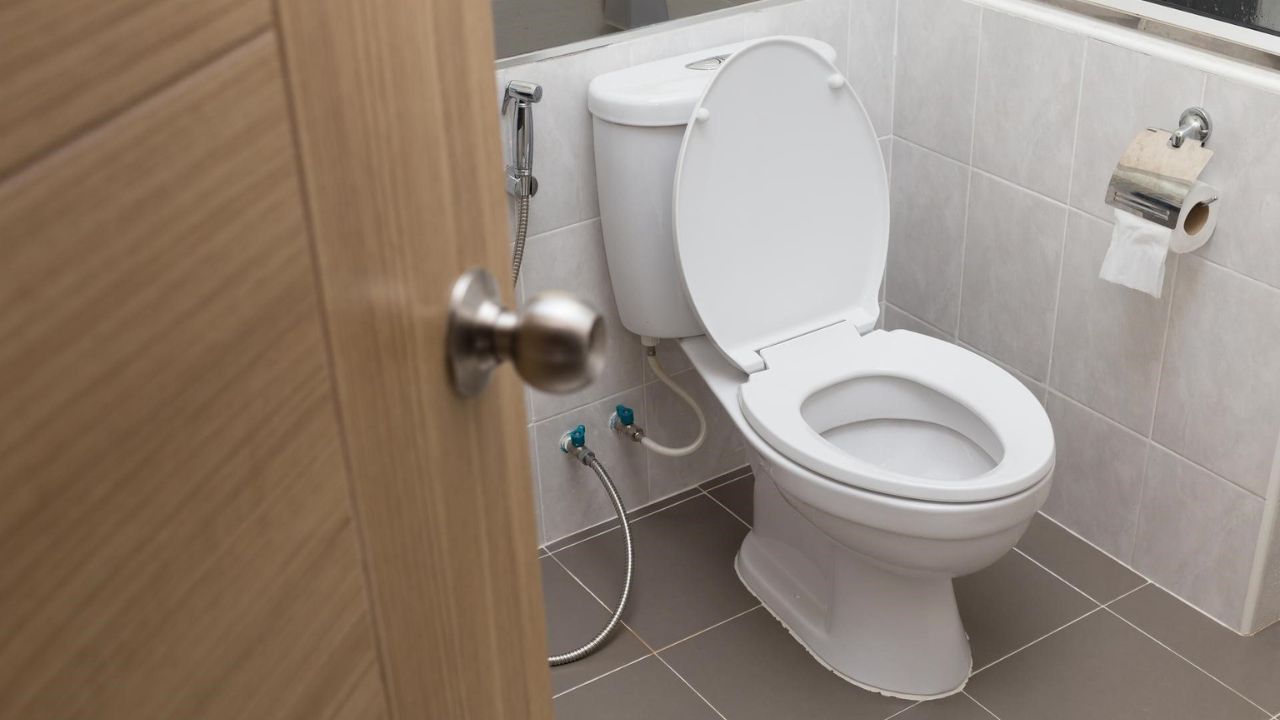

0 thoughts on “How To Fix Slow Close Toilet Seat”